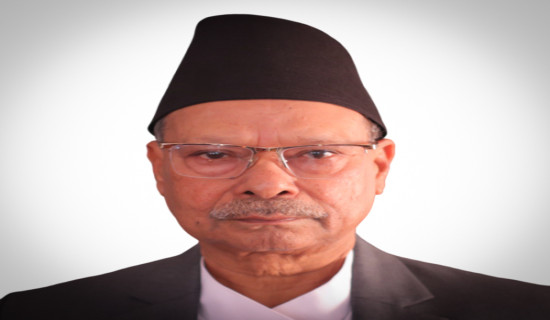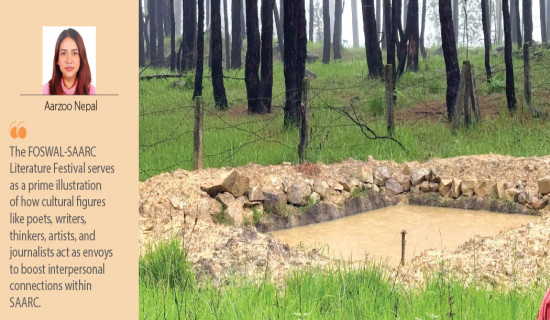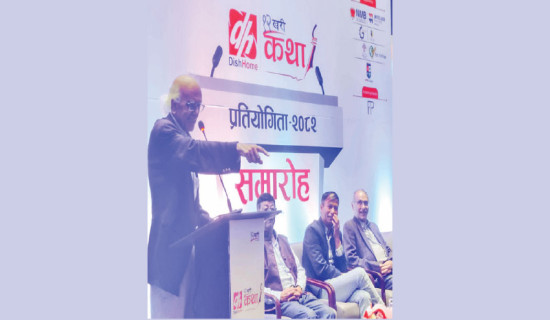- Friday, 5 December 2025
Cheers To Nepali Films
Films are considered the most powerful means of conveying messages to people through images, dialogue, acts and lyrics. They are indeed a literature woven into a series of actions. Their ability to entertain, educate and impact the masses has morphed them into an essential component of modern society. Moreover, films have become a barometer of the cultural industry, promoting soft power of given countries. In addition to their constructive and economic significance, films are also fields where the culture, politics and military of enemy nations are portrayed negatively so that they are weakened and destabilised in the long term. They also serve as instruments for the cause of political and social transformations.
Because of their social, cultural and financial importance, producers do not hesitate to invest in the film industry even though they pass through peaks and troughs. This also applies to the Nepali cinema industry that saw the first light of the day with the making of Satya Harishchandra in 1951. In order to promote Nepali movies, the then Nepal government produced Aama (Mother) in 1964. Two years later, the private sector forayed into the entertainment industry with the production of Maitighar. The 1980s was a golden period for Nepali cinema with the release of scores of art and popular films. With the artistic freedom and opening up of society, there has been growing engagement of creative minds, putting original and indigenous spirit into the films.
The Nepali films have seen both good and bad years, with some directors and actors making good profit while others bearing losses on investment in the sector. The year 2081 BS that we have just bidden adieu has proved historic for the development of the Nepali film realm. Altogether, 61 Nepali films were released, and movies like Purna Bahadur Ko Sarangi, 12 Gaun, Chhakka Panja 5, Boksi Ko Ghar, Anjila and Pujar Sarki became smash hits. Purna Bahadur Ko Sarangi broke all previous records and became the first Nepali movie to earn approximately Rs. 500 million in the domestic market and around Rs. 250 million abroad. With around Rs. 40 million budget, it cast new faces with years of experiences and artistic genius such as Bijay Baral and Mukun Bhusal.
Similarly, 12 Gaun, starring Biraj Bhatt and his son Samir Bhatt, earned about Rs. 200 million, while the comedy Chhakka Panja 5, fetched over Rs. 150 million. Keki Adhikari’s horror film Boksi Ko Ghar earned Rs. 100.2 million. According to a news report carried by this daily the other day, the Nepali film market earned over Rs. 2.6 billion this year, combining both domestic and foreign films. Toward the end of the year, action-packed films like Karma and Pitambar were shown in the cinema halls. The films of diverse genres were screened, offering new tastes to the viewers.
What is more important is that Nepali films have outperformed the foreign films that have been dominating the industry for decades. This success has encouraged the filmmakers to invest in the sector, as reflected by the approval of at least 10 films by the Nepal Film Development Board (FDB) every week. Every year, around four to five films become super hits, and eight to 10 films are successful, while the remaining ones have to struggle at the box office. To sustain the current momentum, the directors, actors and other hands in the industry need to be innovative and cooperative, with the government providing incentives to them.

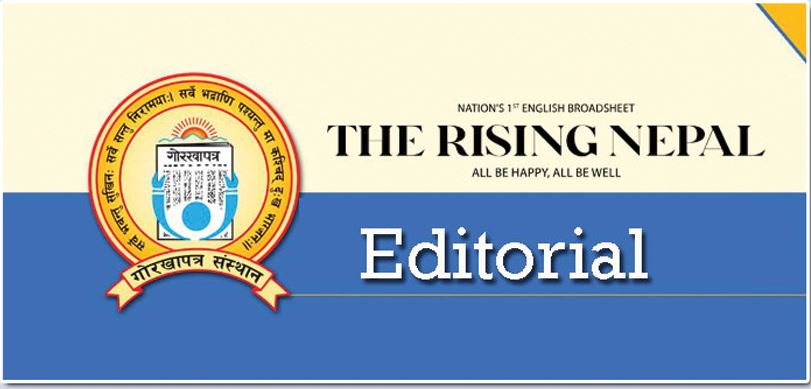

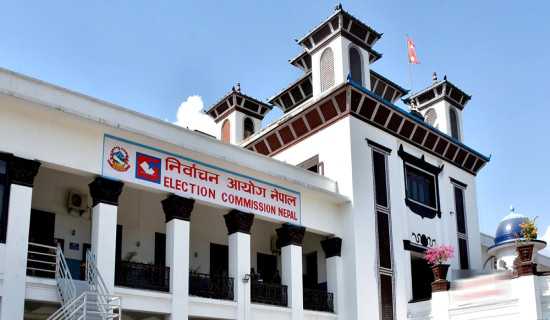




-square-thumb.jpg)
